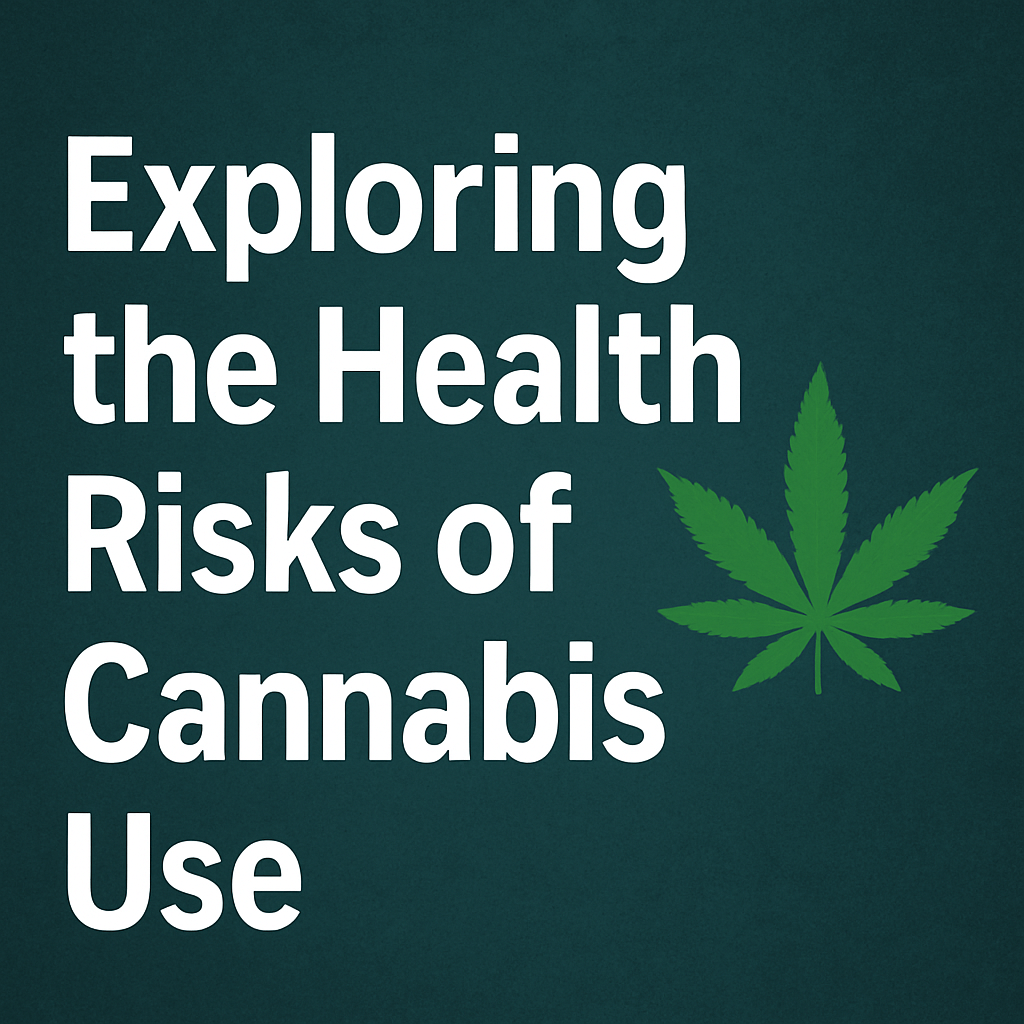Exploring the Health Risks of Cannabis Use

Recent research from the University of California, San Francisco has shed light on the potential cardiovascular risks associated with cannabis consumption, highlighting a worrying trend among regular users. As cannabis becomes increasingly mainstream, understanding its health implications is essential.
Cardiovascular Risks Associated with Cannabis Use
A study published on May 28 in JAMA Cardiology revealed that individuals who smoke or consume cannabis edibles regularly experience a significant reduction in vascular function—about 50% less effective compared to non-users. This impairment in vascular function is comparable to that observed in tobacco smokers, raising serious concerns about heart health among cannabis users.
Specifically, researchers evaluated 55 seemingly healthy participants aged 18 to 50 who had been using cannabis at least three times a week for a year. Those who smoked cannabis reported an average of 10 years of chronic usage, while edible users averaged five years. While all users exhibited reduced blood vessel functionality, smokers also displayed harmful serum changes that adversely affected endothelial cells, crucial for maintaining vascular health.
Decreased endothelial function is associated with elevated risks for cardiovascular events such as heart attacks and hypertension. Although the exact mechanisms through which THC (tetrahydrocannabinol) affects blood vessels remain unclear, the association with cannabis and cardiovascular disease has been documented in numerous studies since 2017. The American Heart Association has called for further research into these health implications.
Broader Health Implications of Cannabis Use
The potential dangers of cannabis extend beyond heart health. Emerging studies highlight associations with:
- Compromised brain activity
- Withdrawal syndrome and addiction
- Psychiatric disorders such as schizophrenia, anxiety, and depression
- Decreased fertility, particularly among men
Increases in the potency of cannabis products further compound these risks. According to research from the Yale School of Medicine, THC content has dramatically escalated from about 4% in the mid-1990s to an average of over 17% today, with certain oils and edibles containing upwards of 90% THC. This evolution in potency raises alarms about higher risks among users.
The Impact on Older Adults
The rise in cannabis consumption is particularly notable among older adults, with recent data indicating an increase from 4.8% of seniors using cannabis in the past month in 2021 to 7% in 2023. As noted by Dr. Benjamin Han, a geriatrician at the University of California, San Diego, “Our brains are more sensitive to psychoactive substances as we age.” This sensitivity may increase vulnerability to negative effects.
Concerns also arise from climbing rates of cannabis-related emergency room visits and hospitalizations among seniors. A Canadian study suggested potential links between cannabis consumption and increased risks of dementia. As healthcare professionals observe rising rates of cannabis-related disorders among older adults, comprehensive evaluations become imperative to understanding associated health risks.
Potential Benefits of Cannabis
While concerns abound regarding the adverse health effects, there are also recognized potential benefits associated with cannabis use. Approximately 39 states and the District of Columbia permit cannabis use for medical purposes, with 24 states allowing recreational usage as well. Some documented benefits include:
- Pain relief and management
- Reduction of chemotherapy-induced nausea
- Control over epileptic seizures
- Support in managing multiple sclerosis symptoms
- Possible sleep aid
Nevertheless, skepticism remains in certain medical circles. Some experts argue that the efficacy of cannabis may not exceed that of placebo in certain therapeutic areas.
The Call for Further Research
As cannabis legalization expands and its use becomes more prevalent, a comprehensive understanding of its health implications remains vital. The recent findings collectively emphasize that although cannabis smoke may be perceived as less harmful than tobacco smoke, it carries its own set of risks. As stated in the JAMA study, “marijuana smoke contains many of the thousands of chemicals found in tobacco smoke, along with fine particles contributing to cardiovascular morbidity and mortality.”
The crucial takeaway is that the health risks tied to cannabis usage warrant ongoing investigation as public attitudes evolve. Balancing the potential therapeutic benefits with the possible health risks is essential for users, healthcare providers, and policymakers alike.
Further Reading: Stay informed about cannabis-related health studies and access resources regarding its impacts on various demographics.